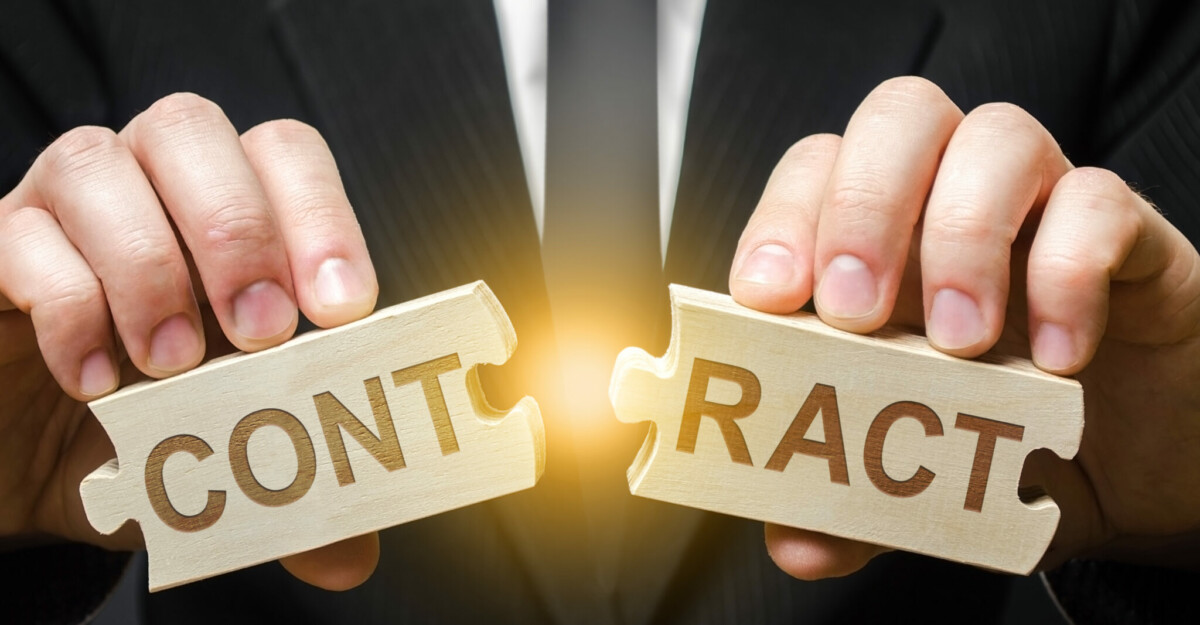
07 Sep How to Deal with Wrongful Termination
How to Deal with Wrongful Termination
Wrongful termination is an issue that runs rampant among unemployed individuals. It’s especially common when the economy is struggling to stay afloat. For instance, there was a 3.6% spike in unemployment cases between January and May 2020 due to COVID-19 lockdown measures.
Along with the large numbers of unemployment declarations came claims of wrongful termination. If you’re one of the many people who have recently lost their jobs, don’t fret. Here’s how you can figure out whether you’ve been unfairly fired and what you can do about it.
What Counts as Wrongful Termination?
While you may believe that you have been laid off for no good reason, it’s important to know that not all unfair dismissals are always “wrong” according to the labor law. There are specific points that have to be met before your case can qualify as wrongful termination.
Breach of At-Will Employment
At-will employment means that employers can legally dismiss their employees for any reason they see fit unless the employment contract has a clause specifying reasons the employee can be fired. This applies to jobs by default, but some states make a few exceptions.
- Forty-two states practice the public policy exception. It protects employees from dismissal if the reason violates a state or federal policy. These include reporting illegal activities or whistleblowing executives.
- The implied in law exception protects dismissed employees if they can prove that the employer let them go to dodge the federal law. Examples include avoiding paying taxes or providing a workers’ compensation claim.
- Without an employment contract, the employee can still be protected from being wrongfully laid off through the implied contract exception. But it’s up to them to prove that an implied contract exists between the two parties—and that can be tricky.
Acting Against Union Activity
Employers can’t dismiss union members at will if both parties have a collective bargaining agreement. The agreement should contain terms that protect the latter against certain reasons for termination. On that note, employers also can’t terminate employees for joining or organizing a union as it’s within their rights. However, union activities can’t fall within work hours.
Discrimination
Employees can’t be dismissed for any form of discrimination, whether it’s their race, citizenship status, age, sexual orientation, religion, medical history concerning genetic information, or pregnancy.
While the US Equal Employment Opportunity Commission (EEOC) maintains these provisions, they’re only required for companies with 100 employees or more. Smaller businesses must comply with state laws. On that note, different states have different approaches to enforcing corporate rules against discrimination.
Sexual Harassment
Employees are legally allowed to act against sexual harassment in the workplace, such as making allegations or reporting the incident to higher authorities. Meanwhile, employers can’t fire their workers for these actions even if the EEOC gets involved.
What to Do if You’ve Been Wrongfully Terminated?
Most acts of wrongful termination are relatively simple to handle. But more complex cases—such as proving an implied contract—may require a professional to thoroughly assess the situation and help you file a strong claim.
As a result, if your situation matches any of the instances above or if you feel strongly about an unfair termination, it’s best to get in touch with an attorney to discuss the appropriate next steps. By doing so, you can avoid accidentally weakening your position upon presenting your case to the labor board.
What Can an Employment Law Attorney Do For You?
An employment law attorney specializes in protecting employees from wrongful termination, workplace malpractice, and other cases where their employment rights are compromised. In addition, an attorney will help you gather evidence to prove that you have been wrongly discharged by:
- Checking surveillance footage, which is especially important for solving harassment cases
- Going through your records of company communications, including but not limited to emails, Slack messages, and business newsletters
- Analyzing employer records and internal data to obtain evidence of constant malpractice
All of these will eventually lead to filing an appropriate claim to back you up. On some occasions, an attorney can also help you take your case to court.
Can You File a Lawsuit Against Your Previous Employer?
Upon termination, you might be asked to sign a release of claims waiver. This document waives the employer’s liability for any previous and future damages, incidents, or injuries and is common in jobs that pose a level of safety risk—such as events management.
However, some employers use the release of claims waiver to prevent you from filing a future lawsuit for wrongful termination. Upon firing you, they may offer you a better severance package if you opt to sign the document. While you can choose to sign the waiver, keep in mind that you’ll lose the right to sue your employer in the future, even upon finding out that you’ve been wrongfully laid off.
Interested in knowing more about how an employment law attorney can help you? Find out here.
